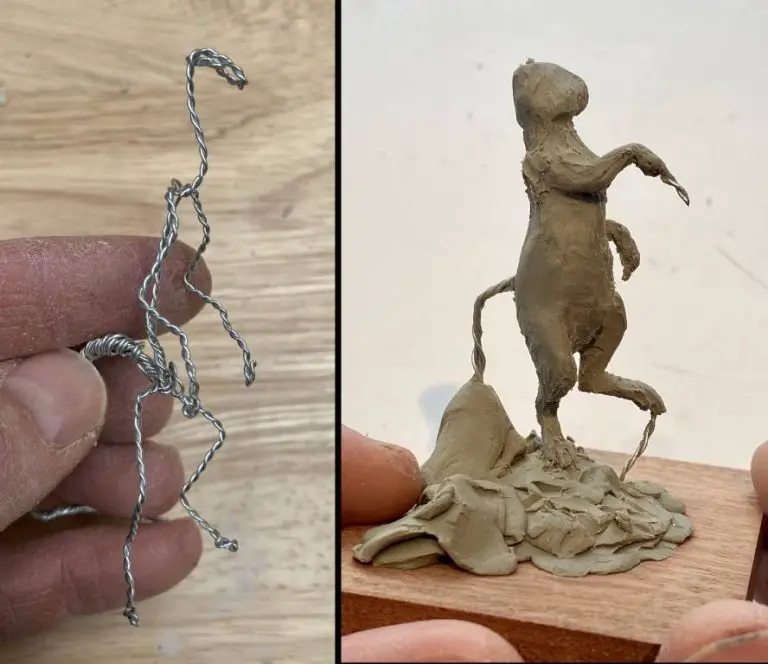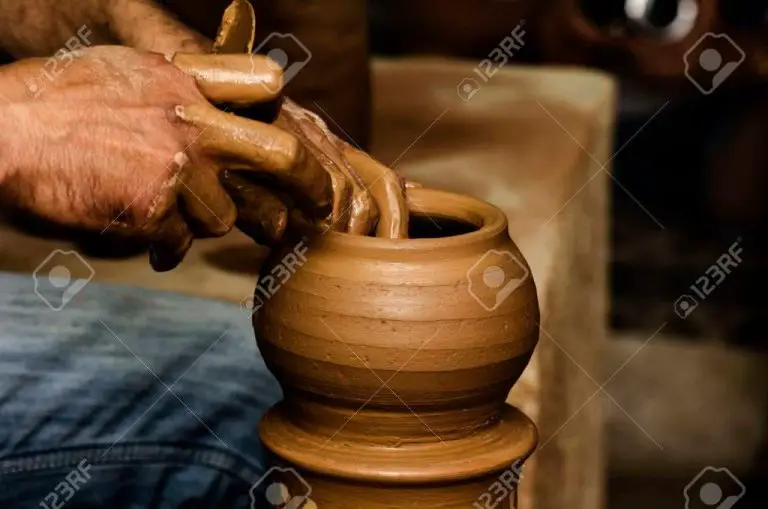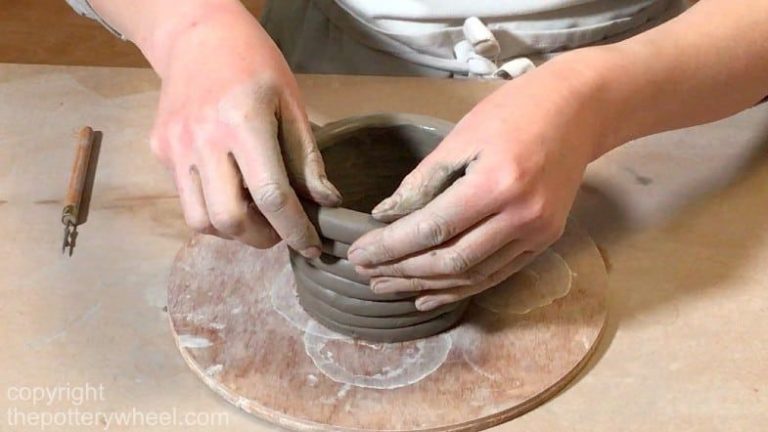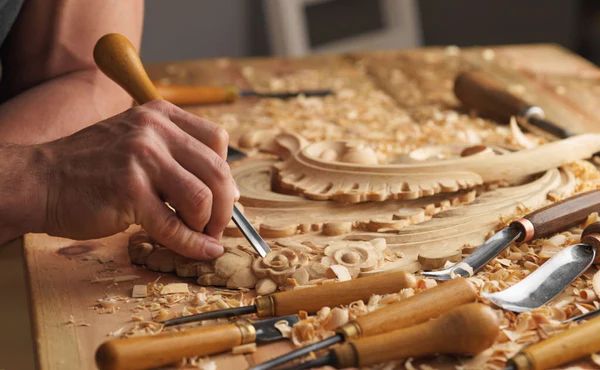Is Ceramic Fiber A Good Insulator?
What is Ceramic Fiber?
Ceramic fiber is a lightweight, fibrous material that is made of alumina and silica. It is produced by melting a combination of high purity alumina and silica sand at temperatures over 2400°F (1315°C). The melted material is then spun or blown into fibers with diameters ranging from 1 to 10 microns.
Key properties of ceramic fiber include its low density, low thermal conductivity, and resistance to high temperatures. Ceramic fiber is lightweight with a density of 6 to 8 lb/ft3 (96 to 128 kg/m3). It can withstand continuous use temperatures up to 2300°F (1260°C) and can be used for short periods as high as 3000°F (1650°C). The fibrous structure provides good acoustic insulation and sound absorption. Ceramic fiber also has low thermal conductivity, ranging from 0.24 to 0.44 Btu⋅in/(hr⋅ft2⋅°F) at 800°F (427°C).
The combination of properties like low density, low thermal conductivity, and high temperature resistance make ceramic fiber well suited for applications like insulation for furnaces, ovens, kilns, and other high temperature equipment. The fibrous structure also provides good acoustic insulation for sound absorption and noise control.
History and Development
Ceramic fiber was first invented in the early 1900s by Edward Orton Jr. at Ohio State University. While researching heat resistant bricks, Orton accidentally discovered fibers that formed when certain clays were fired in the kiln. This discovery marked the beginnings of ceramic fiber as an insulation material.
In the 1930s, the Corning company began experimenting with ceramic fibers for high temperature insulation applications. They developed a continuous spinning process to produce ceramic fibers in bulk quantities. This innovation allowed the production of various ceramic fiber forms like blankets, boards and papers.
The use of ceramic fiber grew in the 1940s and 50s for industrial furnaces and kilns. Insulation made from ceramic fibers began replacing asbestos and other hazardous materials. NASA also utilized ceramic fiber to insulate the nose cones of rockets as they reentered the Earth’s atmosphere due to its high heat resistance.
Major innovations continued into the 1970s and 80s as manufacturers found ways to enhance the strength, flexibility and durability of ceramic fiber products. The development of needled blanket and vacuum-formed shapes greatly expanded how ceramic fiber could be applied as an insulator. Modern manufacturing techniques allow the production of extremely pure, uniform and resilient ceramic fibers.
Types of Ceramic Fiber
There are two main types of ceramic fiber:
Refractory ceramic fiber – This is made from alumina and silica. It can withstand temperatures up to 2300°F. Refractory ceramic fiber is produced in blankets, boards, paper, and bulk fibers. Common applications include insulation for high temperature furnaces and systems. (Source: Properties and types of ceramic fiber blankets)
Alkaline earth silicate fiber – This is made from a combination of magnesia, alumina, and silica. It can withstand temperatures up to 2012°F. Alkaline earth silicate fiber is produced in blanket, board, and bulk form. Common applications include insulation for furnaces, ovens, kilns, boilers and other systems operating at high temperatures. (Source: Classification, Performance Factors, Application of Ceramic Fiber)
Manufacturing Process
The manufacturing process for ceramic fibers starts by selecting the appropriate raw materials. The most common raw materials are alumina and silica. Sources for these include clay, bauxite, and sand. Other metal oxides like titania or zirconia may also be included in smaller amounts to modify the properties (https://www.sciencedirect.com/topics/materials-science/ceramic-fiber).
The raw materials go through grinding and mixing before being melted at high temperatures exceeding 2300°F. The molten material is then spun into fibers using either a blown or drawn process. In the blown process, compressed air is blown onto droplets coming out of the melt furnace to form fibers. The drawn process pulls streams of melted material to form continuous fibers before winding them onto a collet.
The fibers go through additional steps like heat treatment before being assembled into bulk fibers or blankets. Binders and lubricants may be applied as well. The final ceramic fiber product is typically composed of 30-70% alumina and 50-70% silica.
Applications as an Insulator
Ceramic fiber has become an incredibly useful material for high temperature insulation applications across many industries. It is able to withstand continuous temperatures above 1000°C, with specific grades rated for use up to 1400-1600°C. This makes ceramic fiber well-suited for insulating furnaces, kilns, boilers, turbines, and other equipment that operates at extremely high temperatures.
Compared to other common insulator materials, ceramic fiber offers superior thermal stability and lower heat storage. Insulation made from ceramic fiber is much more effective than insulation made from materials like calcium silicate, vermiculite, perlite or glass fiber. The low heat capacity and low thermal conductivity of ceramic fiber enables it to provide more efficient insulation performance. This helps improve energy efficiency and reduce heat losses in high temperature systems.
Ceramic fiber is also very resistant to thermal shock and can withstand rapid temperature changes without cracking or breaking down. It maintains its structural integrity and insulating properties under thermal cycling. This durability makes ceramic fiber ideal for equipment that undergoes frequent start-ups and shutdowns or fluctuating operational temperatures.
Thermal Properties
Ceramic fiber is valued for its excellent thermal properties, specifically its high melting point and low thermal conductivity [1]. The high melting point, ranging from 1760°C to 1870°C depending on the type, allows ceramic fiber to maintain its strength and insulation properties in extremely high-temperature applications like furnaces and kilns. The low thermal conductivity, typically around 0.05 W/mK, enables the material to effectively resist heat flow and prevent energy loss. This makes ceramic fiber well-suited as insulation for pipes, tanks, and other equipment operating at high temperatures up to 1400°C.
Compared to other common insulators like glass fiber or mineral wool, ceramic fiber offers superior thermal performance thanks to its higher melting point and lower conductivity. Tests have shown ceramic fiber can reduce heat flow by up to 50% compared to mineral wool at high temperatures above 1000°C [2]. The unique thermal properties of ceramic fiber are a key reason for its widespread use as insulation in a range of demanding industrial applications.
Acoustic Properties
Ceramic fiber has excellent sound absorption abilities due to its porous structure. The main factors affecting the sound absorption performance are thickness, density and air flow resistance (https://indobataapi.com/how-ceramic-fiber-blanket-absorbs-sound/). Ceramic fiber blankets with higher thickness and lower density tend to have better sound absorption. The porous structure allows sound waves to penetrate into the material and get dissipated as heat energy.
According to one study, ceramic fiber modified with carbon microspheres exhibited enhanced sound absorption capabilities across a wide frequency range (https://www.ncbi.nlm.nih.gov/pmc/articles/PMC8696997/). The modified ceramic fiber absorbed over 90% of sound at multiple frequencies. Therefore, certain modifications and treatments can further improve the intrinsic sound absorption properties of ceramic fiber.
Overall, the porosity and fibrous structure of ceramic fiber make it an excellent acoustic insulator. Products like ceramic fiber blankets are commonly used for soundproofing and noise control applications (https://www.tmsoundproofing.com/Ceramic-Fiber-Blanket-High-Temperature-Insulation.html).
Durability
Ceramic fiber is highly durable and resistant to heat and moisture. According to research, ceramic fibers showed a high resistance to attack from synthetic physiological media, indicating a long lifespan (Alexander, 1994). The fibers exhibited durability with negligible dissolution over extended testing periods in environments mimicking body fluids. This resistance to degradation makes ceramic fiber well-suited for insulating applications involving high heat and moisture.
Compared to other insulation materials, ceramic fiber can maintain its integrity and insulating properties in conditions up to 2300°F. The material’s durability comes from the strong chemical bonds in the crystalline structure. While the longevity varies based on the specific type and application, ceramic fiber insulation can last over a decade with proper installation (Environmental Health Perspectives: Supplements). The material resists deterioration from environmental factors, supporting long service life in demanding industrial settings.
Cost Considerations
The costs of ceramic fiber as an insulator depend on several factors, primarily the costs of raw materials and processing.
The main raw material for ceramic fiber is alumina-silicate. Prices for high purity alumina and silica add significantly to material costs compared to other insulators like glass wool or mineral wool. According to Ceramic Fiber Packing Market Report, raw material costs account for over 70% of total production costs.
Processing ceramic fiber also requires specialized equipment like furnaces and kilns to reach the high temperatures needed to form the fibers, adding to production costs. The fiberization process is energy-intensive, driving up utility and energy costs as well.
Despite higher material and processing costs, ceramic fiber can still compete effectively on cost with other insulators. The extremely low thermal conductivity and small footprint of ceramic fiber compared to bulk insulators like mineral wool or calcium silicate allow it to offset higher production costs through better performance per volume.
Environmental Impact
Ceramic fiber production generates a significant amount of waste material. Studies estimate that up to 30% of raw materials end up as waste during manufacturing. This waste contains small diameter fibers that can be released into the environment if not properly contained (Wojtczak et al, 1996).
Options for recycling ceramic fiber waste are limited. The high aluminum content makes it difficult to incorporate into other materials like concrete or firebrick. Most waste ends up in landfills. Some facilities recover binder material for reuse in other products (CN-Sealings, 2020).
There are safety concerns related to airborne ceramic fibers. Studies show exposure can cause skin, eye, and respiratory irritation. Proper protective equipment and handling procedures are critical. Manufacturers continue working to develop improved fiber materials and reduce potential health risks.





